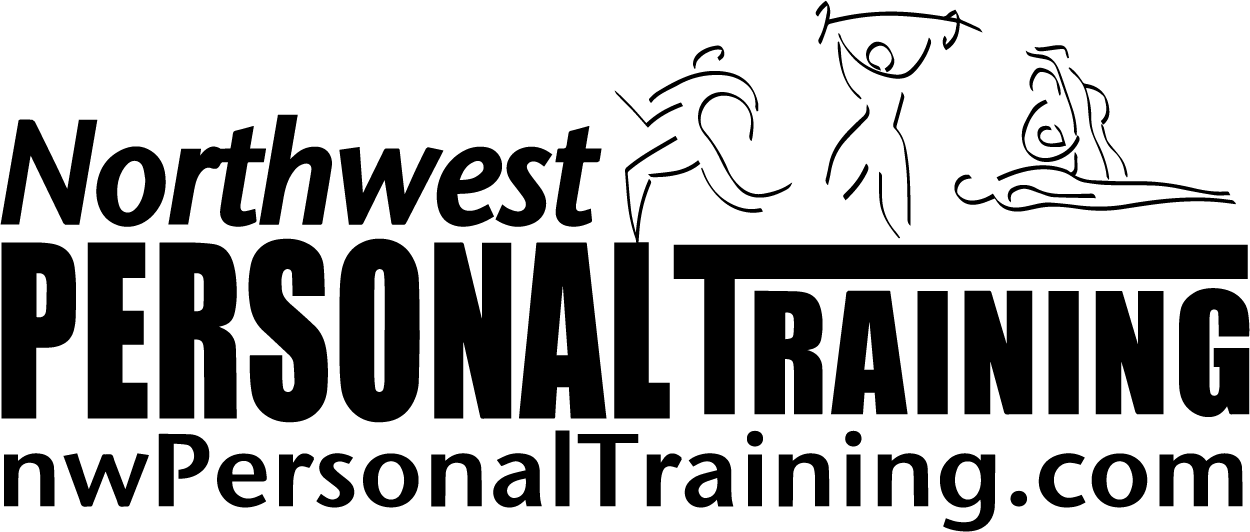 No one talks about it but it’s a problem that many women have to deal with on a day to day basis after child-birth. Urinary incontinence, an inability to control urine flow, can be a socially embarrassing problem that can be managed. Stress incontinence or the loss of urine when you cough, sneeze, laugh, or jump or endurance incontinence, an inability to make it to the bathroom in time is often a result of a weakening of your pelvic floor muscles. It makes sense that if you strengthen those particular muscles, you’ll reduce the chances of having to endure regular embarrassing episodes.
No one talks about it but it’s a problem that many women have to deal with on a day to day basis after child-birth. Urinary incontinence, an inability to control urine flow, can be a socially embarrassing problem that can be managed. Stress incontinence or the loss of urine when you cough, sneeze, laugh, or jump or endurance incontinence, an inability to make it to the bathroom in time is often a result of a weakening of your pelvic floor muscles. It makes sense that if you strengthen those particular muscles, you’ll reduce the chances of having to endure regular embarrassing episodes.
A plan of action you can start immediately is Kegel exercises. Named after inventor and American physician, A.H. Kegel, these exercises involve contracting and releasing muscles to improve bladder control.
The correct way to perform a Kegel is as follows:
Imagine that you are going to the bathroom. The muscles you can use to stop the flow of urine while going to the bathroom are your pelvic floor muscles. These are the ones you want to strengthen. An important note is that you want to focus on the anterior fibers of these muscles…not the posterior fibers. The posterior fibers control the passing of flatulence (gas) and the anterior fibers control urine flow. It is the anterior fibers that need our attention. Contracting these muscles is called a Kegel exercise. However, you don’t want to actually condition these muscles while going to the bathroom because many therapists have cautioned that this type of disruption to urine flow can lead to infections. So instead, now that you know what the sensation is, you can regularly do Kegel exercises to condition these muscles and apply that control when you need it.
There are 2 protocols for pelvic floor exercises, one for each of the two major types of incontinence: stress and endurance incontinence. Consult your physician or physical therapist: a biofeedback examination can determine which you have.
Generally, endurance incontinence means you have a hard time making it to the bathroom if you do have to go and stress incontinence causes you to lose urine if under the pressure of a cough, sneeze or jump.
If you have both conditions, or have neither and just want to take a preventative approach, follow both of the following protocols:
For Stress Incontinence:
Perform 10 reps of “quick flicks” – short, 1-2 second strong contractions with 2-4 second rests in between. Start with one session of 10 reps, three times per week. Build up to three sessions of 10 reps, three times per week.
For Endurance Incontinence:
Contract your pelvic floor muscles for 10 seconds, then relax for 20 seconds. For this protocol, the rest period should always be twice as long as the active period to ensure adequate muscle recovery. Start with 10 reps, four to five times per week. Build to a 20-second contraction, with a 40-second rest, four to five times per week.
Many people think they are holding firmly for the full length of the contraction, but biofeedback shows an initial peak contraction followed by a rapid decline. To prevent this, draw the muscles upward tightly, then throughout the contraction, repeatedly tighten, tighten, tighten, tighten, about once per second.
Pelvic floor muscles are co-contractors with other muscles such as abs, glutes and the respiratory diaphragm. If you engage the pelvic floor muscles when training these other muscles, you’ll get more power out of the latter. If doing resistance training that involves holding the breath during lifting or other maximal efforts, it’s best to engage the pelvis floor muscles. Otherwise, intraabdominal pressure will create strain on them. Pelvic floor muscles also play an important part in misalignment of the spine and sacrum, so engage them when doing back exercises, especially for the lower back. So Kegel when training these muscles!
In fact, many therapists now suggest that exercisers use their Kegel contraction before they initiate any type of exercise.
So for example, if you’re about to perform an overhead shoulder press. Start by contracting your abdominals, lifting your chest up and out and your shoulders back and then contract your pelvic floor muscles. Then you can start the exercise. Kegels are beneficial to both men and women but since women are at a higher risk for stress incontinence, these exercisers are a must for women.
Ps. Ladies, if you want to support an important cause, join us for the Girlfriends Half Marathon on October 13th. Register this week though to save money on registration fees. You can walk, run/walk or jog to the finish line while supporting Breast Cancer Research!
Like us on Facebook and get FREE instant access to my “Achieving your Personal Best” eVideo – Learn the critical steps to help you lose weight, feel great and live your best life.
Don’t forget to sign up to receive my blog posts in your inbox!
Just enter your name and email in the form up here


